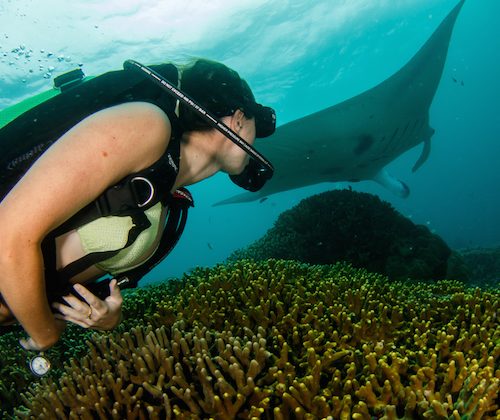Under the sea!
Have you ever dreamed of swimming with dolphins, finding a real life Nemo or better still coming face-to-face with a shark? Okay, so that last one may be for the more daring among us, but with 70% of the world being covered in water, why haven’t you tried scuba diving yet? We talk to someone who knows the underwater world like the back of her hand: Sarah Richard, travel blogger of Coffee With A Slice of Life and qualified Divemaster, about how to get into scuba diving and what it’s like diving around Asia.
“Did you know that scuba diving is one of the fastest growing extreme sports in the world today?”
Scuba diving is my biggest passion. The first time I ever tried it I knew I would be hooked for life. Fast forward some 10 years later and it is now not only a passion, but a career, and an activity that takes me all over the world. It is hard to put down into words how much I love it, but I’ll give it my best shot as I really think it is something everyone has to try at least once in their lifetime.
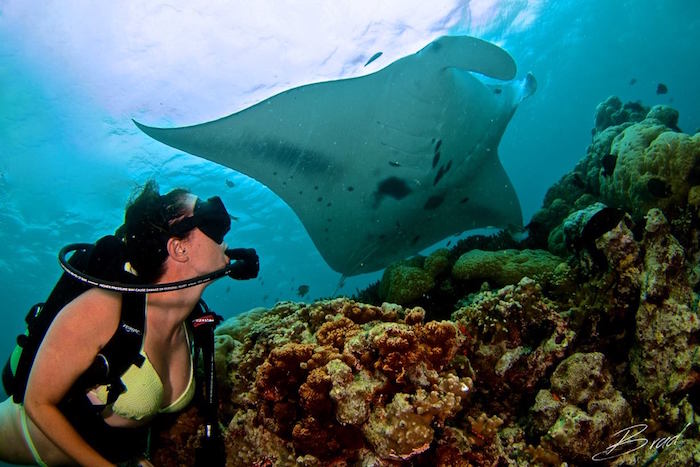
So what is scuba diving?
SCUBA is an abbreviation for Self Contained Underwater Breathing Apparatus, in other words, equipment to allow us to breathe underwater. The air inside the tanks is compressed air – part nitrogen, part oxygen. Many people mistakenly believe that the air inside is pure oxygen, but luckily it isn’t, as that would in fact poison the divers! With this tank on your back, you can descend under the water into oceans, lakes or bodies of water and discover many beautiful things around you. Usually dives last between 25 – 60 minutes depending on your air consumption and depth.
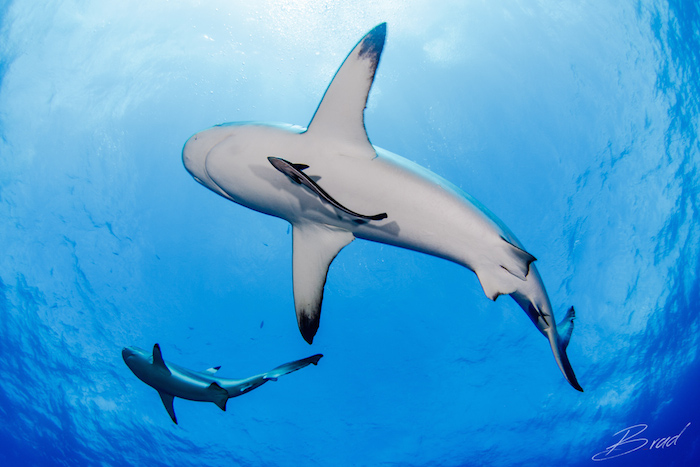
What can I see while diving?
It all depends on where you go, but we are based in one of the best oceans in the world – the Pacific Ocean, so you can expect to see hundreds of species of fish, turtles, octopus, rays, sharks and dolphins just to mention a few. I’ve listed here what you may be able to see in these top Asian dive spots:
- Philippines: whale sharks, turtles, dolphins, theasure sharks
- Indonesia: manta rays, dolphins, shipwrecks, mola mola fish
- Malaysia: hammerhead sharks, stingrays, moray eels, lionfish,barracuda, batfish, snapper
- Thailand: whales sharks, seahorses, parrot fish, turtles
- Maldives: manta rays, turtles, dolphins, reef sharks
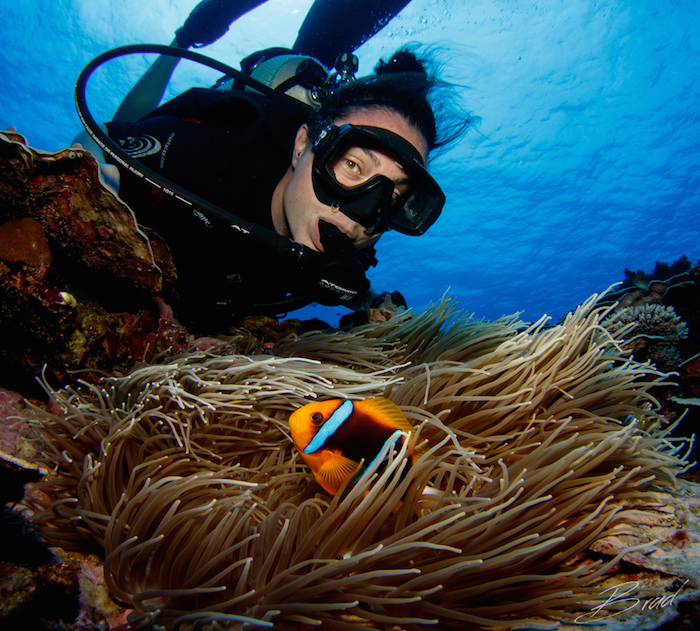
Where is the best place to dive in Asia?
That all depends on what you want to see (look above), if you like warm or cold water, deep or shallow dives and many more factors. My personal favourite place to dive in the Pacific is in Micronesia, however, that isn’t within Asia! In Asia, it would have to be Indonesia. There is always so much to see and the sea temperature is usually really warm. What’s more, you have the chance to see manta rays – which is like being in a real David Attenborough show. I love diving in Gili Meno (not Gili T as it is too crowded) – head over to Gili Meno Divers and they’ll look after you with great equipment and staff! And if you fancy more of an adventure, Sipadan in Malaysia is the dream dive destination. Imagine diving into an aquarium full of fish, that’s how it will feel there. You need a permit to dive in Sipadan which you will have to apply for before you go, so talk to Scuba Junkies beforehand and find out more here.
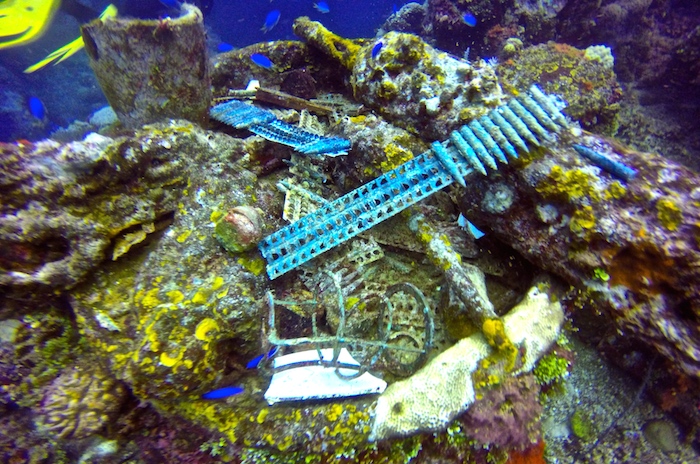
Want to dive right here in Hong Kong?
Yes, you really can scuba dive in Hong Kong! Some dive sites around Sai Kung could be mistaken for those of Indonesia with the marine species and scenery. Splash Hong Kong are great as they offer courses and fun dives on great boats with reasonable prices. Maybe I should take the Sassy Girls out diving with me here in HK one day?
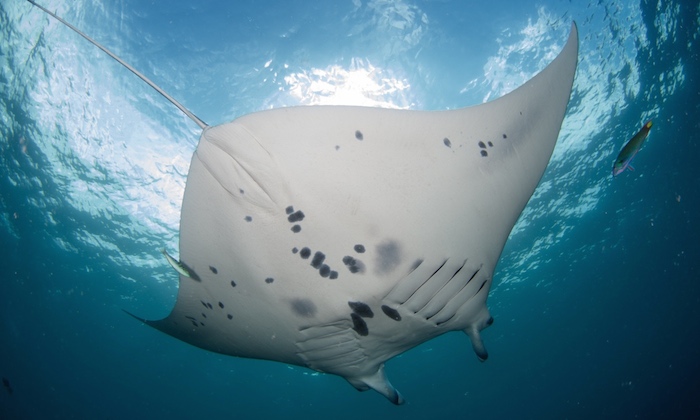
How much does scuba diving cost and how do I start?
Prices vary from country to country. If you just want to try out scuba diving to see whether you will like it, I recommend you do a Discover Dive (also called DSD). This is where you will be introduced to the equipment and the feeling of breathing underwater with a scuba instructor. Some dive operators do this in a swimming pool, and some will do it in the ocean in very shallow water by the shore. The instructor will show you how to do it first and help you do it on your own step-by-step. This is a very comforting way of being introduced to your first scuba experience. In general, this should cost you anywhere between $30 – $60 USD.
If you love your DSD dive and you want to go to the next step, or if you feel like you will take to scuba diving and want to go straight into getting qualified then the PADI Open Water Qualification is for you. This is a 3 – 4 day course and at the end you will be a qualified scuba diver, able to scuba anywhere in the world (with a buddy and up to a maximum depth of 18m). During this course you will learn everything you need to know about becoming a scuba diver, and how to act in an emergency situation. Again prices vary from country to country (however, Thailand is always one of the cheapest) and can start anywhere from $300 – $600USD.
From then on the world is your oyster! You can continue to take courses to improve your skills and be able to dive deeper, and if you really love scuba you can make it a career like I did.
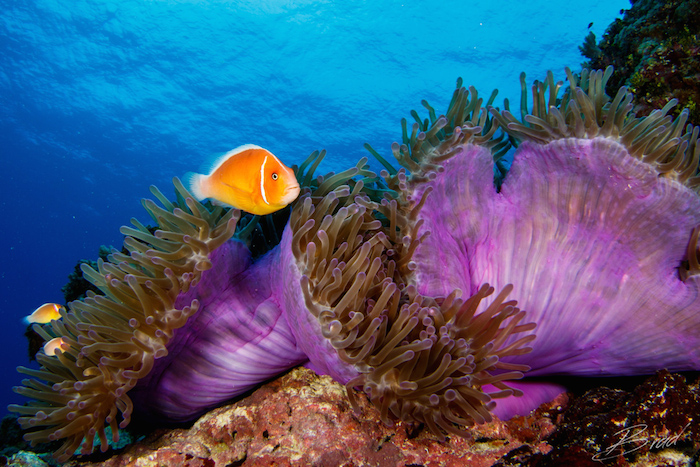
Some fun facts
- Scuba diving is incredibly safe! Even safer than driving or having a baby!
- Each year, over 1 million people become certified scuba divers.
- Only 10% of the sea has ever been explored!
- Once you get below 10 metres depth, you can’t see red or yellow! If you cut yourself, your blood looks blue.
- Sound travels five times faster underwater than in air, which makes it almost impossible to establish where the sound is coming from, as we rely on the time difference between our ears to do so.
- You are more than likely to die from a coconut falling on your head than a shark attack.
- Remember – the number one rule in diving is to look, but not touch! Touching coral can disrupt the underwater world that we want to preserve.
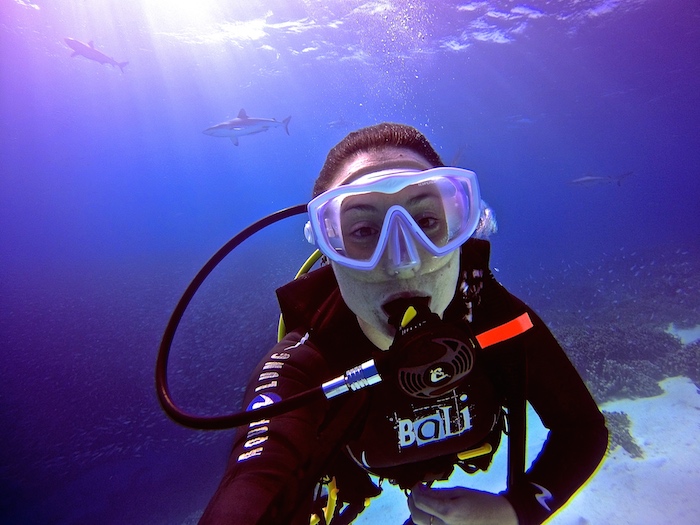
So girls, what are you waiting for? Join me and let’s explore the ocean together! If you want to learn even more about scuba diving and talk to other scuba-loving ladies, join my Facebook group ‘Girls That Scuba’ – a community of scuba diving women from all around the world that share tips, advice and pictures from the beautiful underwater world.





 Eat & Drink
Eat & Drink



 Travel
Travel



 Style
Style
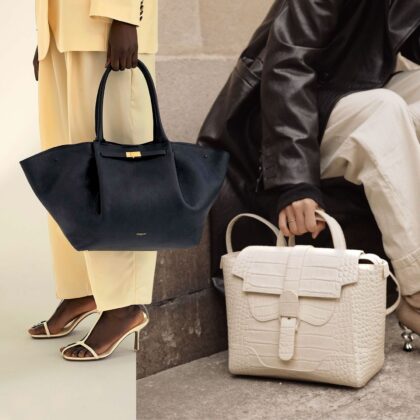


 Beauty
Beauty



 Health & Wellness
Health & Wellness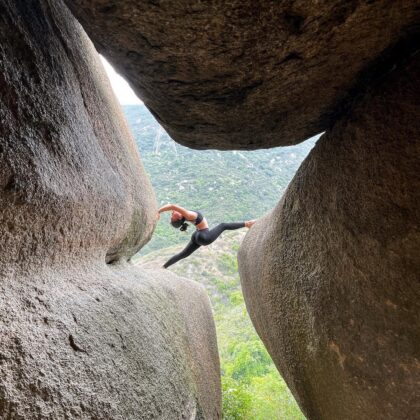

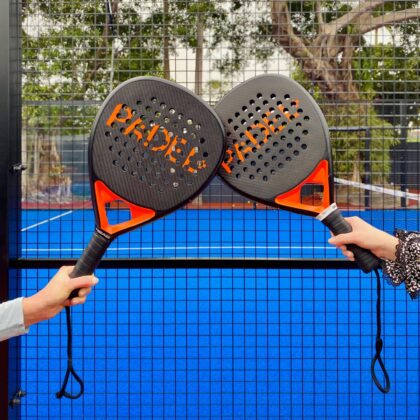

 Home & Decor
Home & Decor



 Lifestyle
Lifestyle

 Weddings
Weddings



